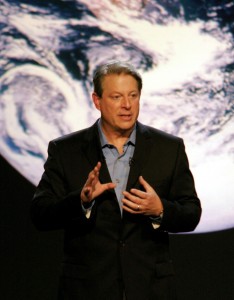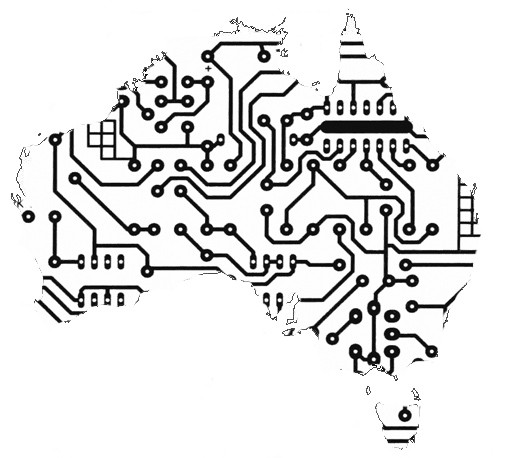When you visit the New York times website on Sunday evening, the list of most emailed articles is usually topped by either the big news story of the day, a particularly relevant Frank Rich article or some pithy commentary from Maureen Dowd. This past Sunday it was a 4,000 word article on noted academic Freeman Dyson, who has been comfortably employed as a big brain for over 50 years at the Institute for Advanced Studies in Princeton, New Jersey.
 Why the sudden interest in a man now is his mid 80s?
Why the sudden interest in a man now is his mid 80s?
Dyson has always been considered a contrarian. As one of his colleagues observed, “… when consensus is forming like ice hardening on a lake, Dyson will do his best to chip away at the ice.”
While Dysons’s latest idea is not quite as ‘out there’ as his contributions to the shuttered ‘Orion’ project (inter-galatic space travel powered by controlled nuclear bomb blasts) his latest opinion–that we might all be overreacting to global warming–has certainly captured the attention of the scientific community and the media.
Several years ago, Dyson attracted attention with his rather curious statement that global warming could be easily dealt with by developing ‘carbon eating’ trees. This idea was based on Dyson’s observation of carbon levels at various times of the year. In temperate climates–such as Cambridge, MA–the level of carbon particles in the atmosphere are lowest in the fall. Assuming this coincides with the time of the year when trees and other vegetation are in full bloom and more equipped to extract carbon from the air, Dyson saw the possibility of geo-engineering a strain of trees that would perform this task more efficiently.
Recently, Dyson has been given to publicly wondering if global warming is all that bad and accusing Al Gore of being a ‘panic merchant’. The basis of his theory is our development from an agrarian economy to an post-industrial information-based society was powered by carbon-based energy, so how bad could it possibly be?
Warm Home Cool Planet finds it strange that a man of science is taking this position. Our progress as a civilization depends on our ability to develop and adapt new forms of technology that make our lives more convenient, more productive and safer. We discard old ways of doing things when something better comes along. How many people are sticking with a typewriter just because Hemingway wrote on one?
Carbon-based energy has been with us since the invention of the steam train. It is still relatively available and inexpensive–for now. We can already see a point where they will be neither. For the sake of our planet and future generations, it’s time our alternative sources of energy become our major sources of supply.




 Why the sudden interest in a man now is his mid 80s?
Why the sudden interest in a man now is his mid 80s?

